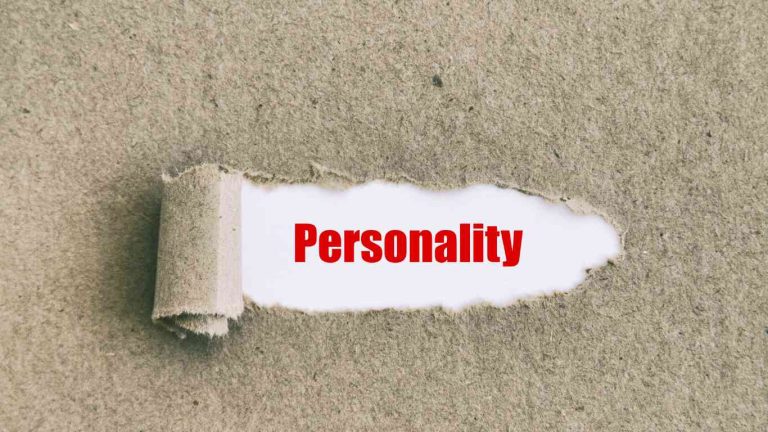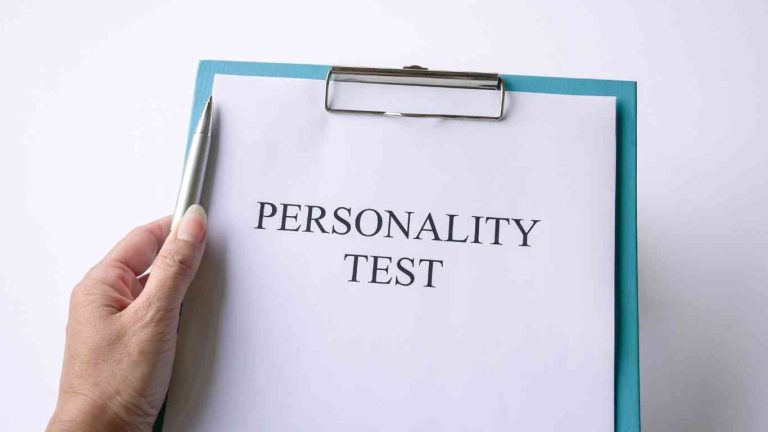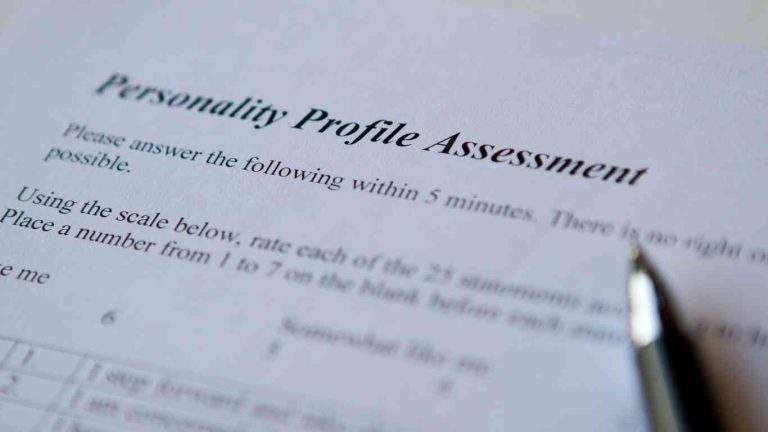Personality Profiling
Personality profiling is a much-underused tool when building a team as it is misunderstood and therefore not always trusted. In this blog we look at the five practical steps to enable you to utilise personality profiling to ensure it supports you in building the team you need who all work better together through a good understanding of themselves and others.
Have you been in a meeting where you are doing all the talking and no one else is making decisions or contributing? Conversely, have been in a similar meeting and not felt you have the time needed to process it all before giving a response? This is just one example of different personalities needing different things from a shared situation. So how could we make it better?
Personality profiling, also known as personality assessment, is a tool that helps individuals understand their own personalities style and those of others. It is often used in the context of building teams to help team members work more effectively together. In this blog, I will explore how personality profiling is useful when building a team and how to use it.
Personality profiling is useful when building a team for several reasons. First, it can help team members understand their own personalities better. By taking a personality assessment, team members can learn about their strengths and weaknesses, their communication styles, and their preferences for working in a team. This understanding can help them work more effectively with others and contribute more to the team’s goals.

Second, personality profiling can help team members understand the personalities of their colleagues. By learning about the personalities of others on the team, team members can adjust their communication styles and working styles to better work with their colleagues. This can lead to more effective communication and collaboration within the team.

Third, personality profiling can help team members understand the dynamics of the team as a whole. By analysing the personalities of each team member, the team leader or manager can identify potential areas of conflict and take steps to mitigate those conflicts before they become a problem. Additionally, understanding the personalities of the team members can help the leader or manager assign tasks and responsibilities in a way that leverages each team member’s strengths and minimises their weaknesses.
So how do you use personality profiling when building a team?
Here are five steps to follow
Step 1: Determine which personality assessment to use
There are many different personality assessments available, so it is important to select the one that best fits your needs. Some popular personality assessments include the DISC assessment varieties of; behaviour, learning styles, motivations, emotional intelligence, leadership and coaching. Each assessment measures different aspects of personality, so it is important to research each one and select the one that will provide the most useful information for your team.
Step 2: Have each team member take the assessment
Once you have selected the assessment, have each team member take it. You can either administer the assessment yourself or have each team member take it online. By having it online does also offer the benefits of reporting and interpretations automatically. Be sure to explain the purpose of the assessment to the team members and assure them that their results will be kept confidential. There are indicators in the results that people have not answered in an authentic way which you can then act upon to remove any fears. Remember the point of the exercise is to improve or maintain a great working environment. Having the team understand this will support everyone.

Step 3: Study the results
After each team member has completed the assessment, you will receive a report that summarises their personality traits. The report will provide detailed information about the person and also guidance notes on the interpretation. You can use this information to identify patterns and trends in the team’s personalities. For example, you may find that the team is dominated by introverted individuals or that there is a wide range of personality types on the team. Neither are a bad thing but armed with this information will help when deciding tasks or decision making in the business.
Step 4: Use the results to improve team dynamics
Once you have analysed the results, you can use the information to improve team dynamics. For example, if you find that the team is dominated by introverted individuals, you may need to take steps to encourage more open communication or have activities which inspire relationships to become stronger. If you find that there is a wide range of personality types on the team, you may need to develop strategies to ensure that everyone’s strengths are leveraged and that potential conflicts are managed. Typically when someone understands themselves and the other personality types less conflict / frustration ensues.

Step 5: Continue to monitor team dynamics
Personality assessments provide a snapshot of a team’s personalities at a specific point in time. It is important to continue to monitor team dynamics and adjust strategies as needed. For example, if you realise there needs to be more balance in the team you can use this in your recruitment interviews. Also, as new team members join the team, their personalities may change the dynamics of the team. Additionally, as the team works together on projects and tasks, new conflicts may arise that need to be addressed.
In addition to using personality assessments to build a team, there are some potential drawbacks to be aware of. For example, some team members may feel uncomfortable with the idea of taking a personality assessment or may feel that their results are inaccurate. The assessments are only as good as the authentic responses people give, so a lot of assurance may be needed. Additionally, some people may answer as they think they should, again, you need to be support to the individuals about them being themselves as they have already got and maintained their job based on their previous performance.
In conclusion, if we understand what we want to know from the tests, assure the team of the purpose and confidentiality there is a wealth of knowledge which can be gained from current and new team members. Also, by understanding where there are gaps you can ensure you have the right tool to uncover the right potential personalities as you grow the team.
If you would like more specific guidance with understanding this or any elements of you and your team, why not take a look at our NoLimits Community – become a member at any level and join our community and get a free personality test to try for yourself.
By Jeremy Graham-Clare

